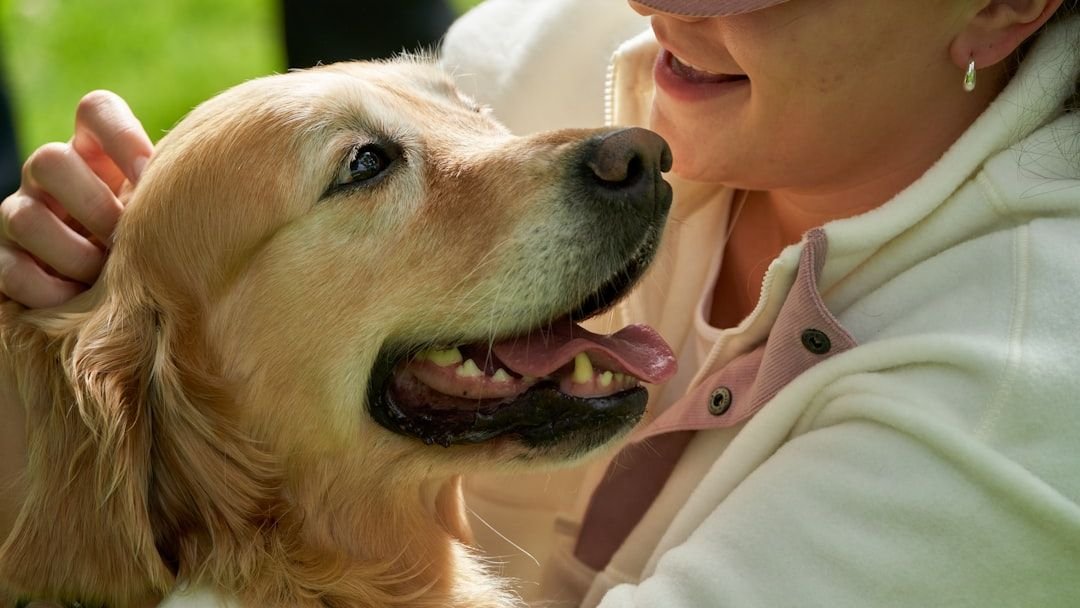Dogs are masters of silent communication, speaking volumes through their body language and behaviors. While we often think of slobbery kisses as the ultimate sign of canine affection, your four-legged companion has countless other ways of saying “I love you.” These subtle gestures can be even more meaningful than wet nose nudges, revealing the depth of trust and bond you share. Let’s dive into the secret language of dog love and discover the heartwarming ways your pup expresses their devotion.
They Follow You Everywhere Like a Furry Shadow
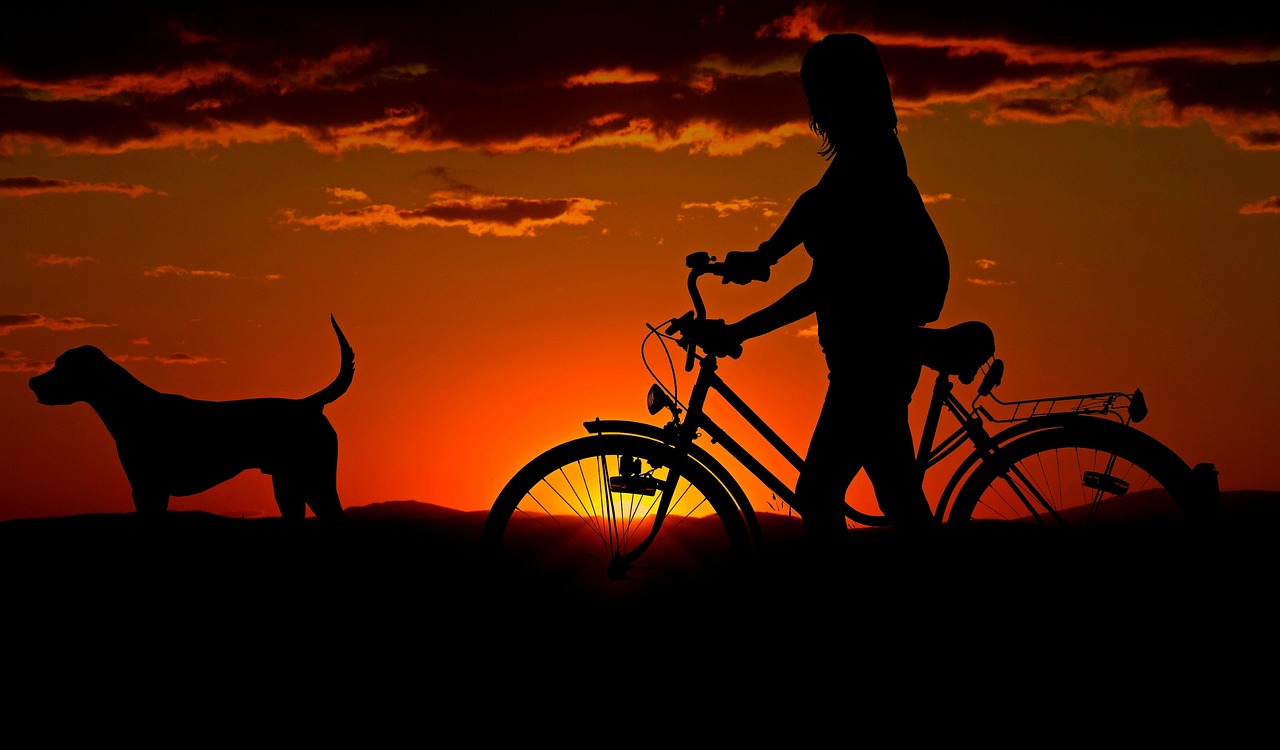
Dogs display behaviors, like following their owner from room-to-room, when they like them and think they are the best person to be around. When your dog follows you around the house from room to room, it’s likely because your presence is comforting – not because they’re just clingy. This behavior stems from their pack mentality, where staying close to the alpha provides security and comfort.
Think of it like having a devoted personal assistant who never wants to miss out on whatever important business you might have next. Knowing they feel safest by your side is nice. Whether you’re heading to the kitchen or bathroom, your faithful companion sees every room change as an adventure worth joining.
Though this is a natural behavior, it’s often seen as something that a dog with a ‘big heart’ would do. However, if your dog seems particularly anxious when separated from you, consider providing mental stimulation toys to help build their confidence during alone time.
Their Eyes Light Up During Soft Gazing Sessions
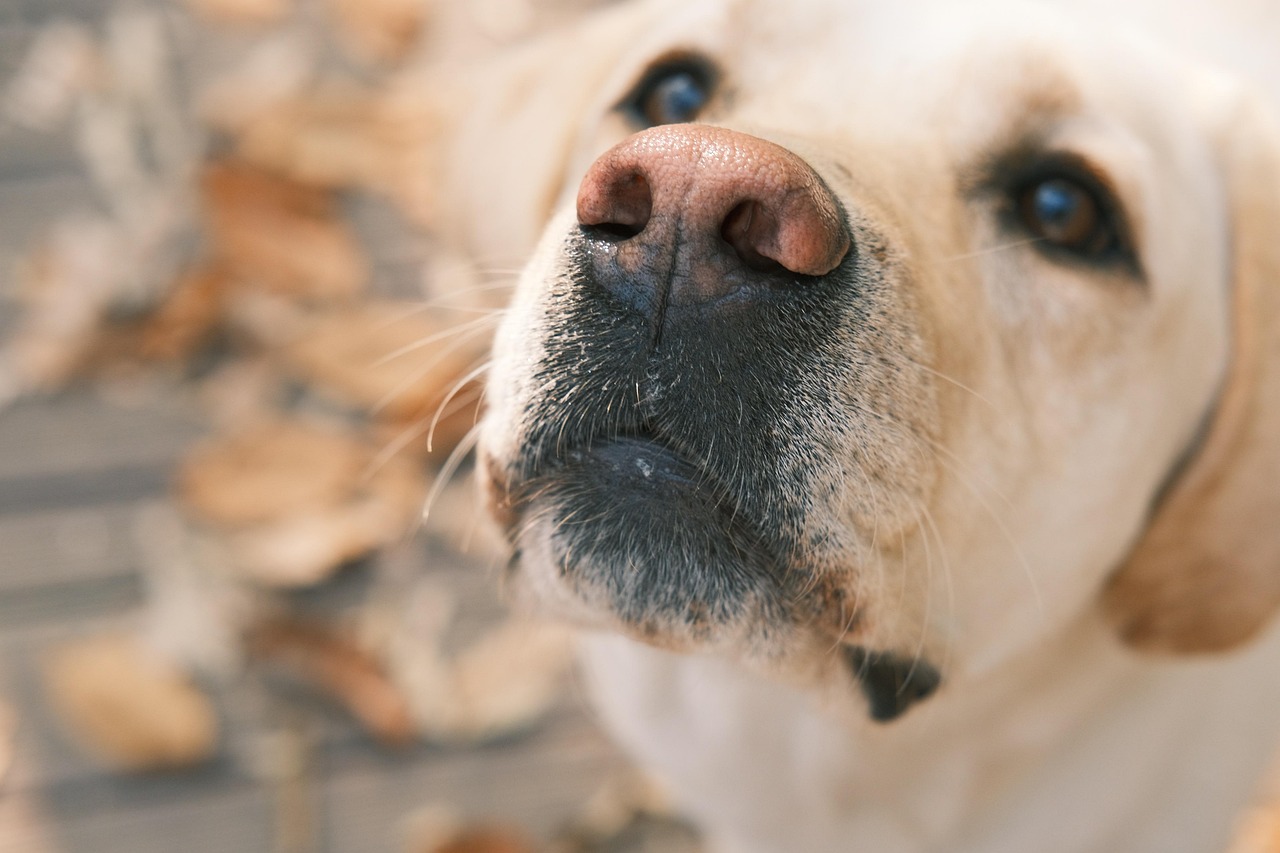
Eye contact, especially when it’s sustained, is a sign of love from your pooch. When they gaze into their owner’s eyes, oxytocin, the same hormone that bonds mothers and infants, surges within dogs and humans. This creates a beautiful feedback loop of affection that strengthens your bond naturally.
When dogs are uncomfortable or stressed, they’re much less likely to make eye contact than when they feel happy and safe. If your dog is staring at you with soft, puppy dog eyes, you may be right to think they’re saying, I love you.
This loving gaze is completely different from the hard stare dogs might give when feeling threatened. It is important to note that affectionate eye contact is different from threatening eye contact. Look for relaxed facial muscles and a gentle expression to recognize these precious moments of connection.
They Greet You With Pure, Uncontainable Joy
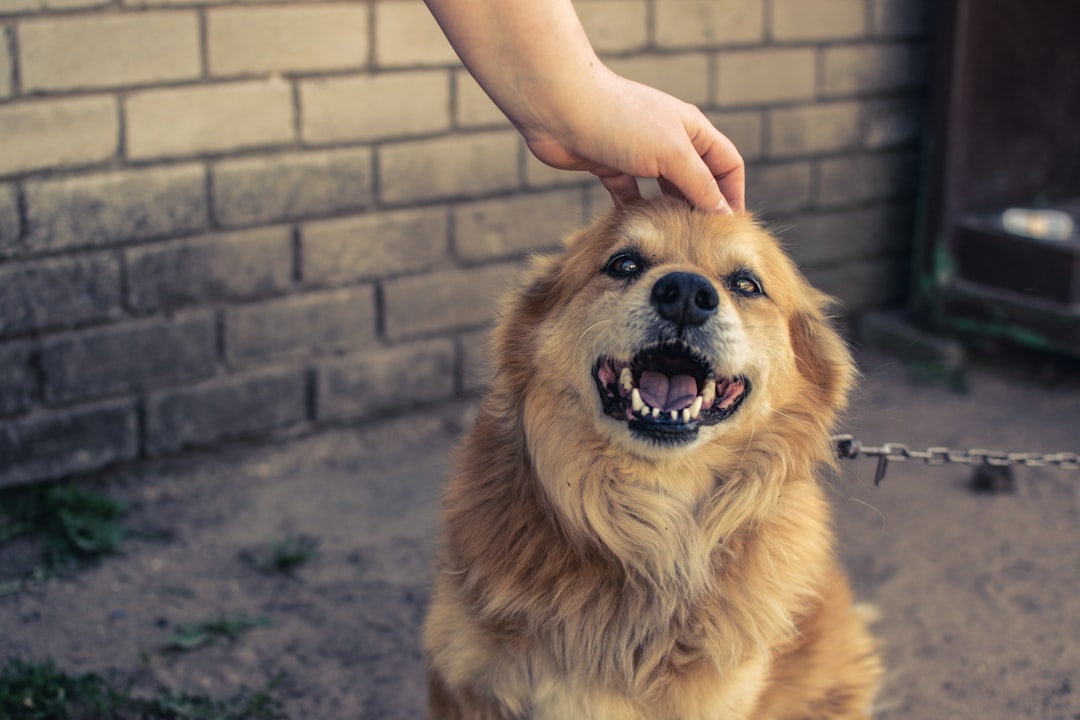
If your dog starts jumping and bouncing when you get home, it’s because they can’t contain their joy that their favorite person is finally back. Pet owners must therefore treasure these joyful reunions considering how they’re a sign of pure emotional honesty: tail wagging, spinning, bouncing often accompanied by joyful vocalizations are all signs of relief and joy for being reunited with people they love.
Wagging tails, wiggling bodies, and, in some cases, the classic “zoomies” are all expressions of happiness and relief at having you back. These enthusiastic homecomings aren’t just excitement; they’re celebrations of your return to their world.
While jumping can be problematic with guests, this exuberant greeting ritual represents your dog’s most authentic emotional expression. This enthusiastic greeting isn’t just an everyday occurrence – it’s a heartwarming display of your dog’s emotional significance and their profound love for you.
They Present You With Their Most Treasured Possessions
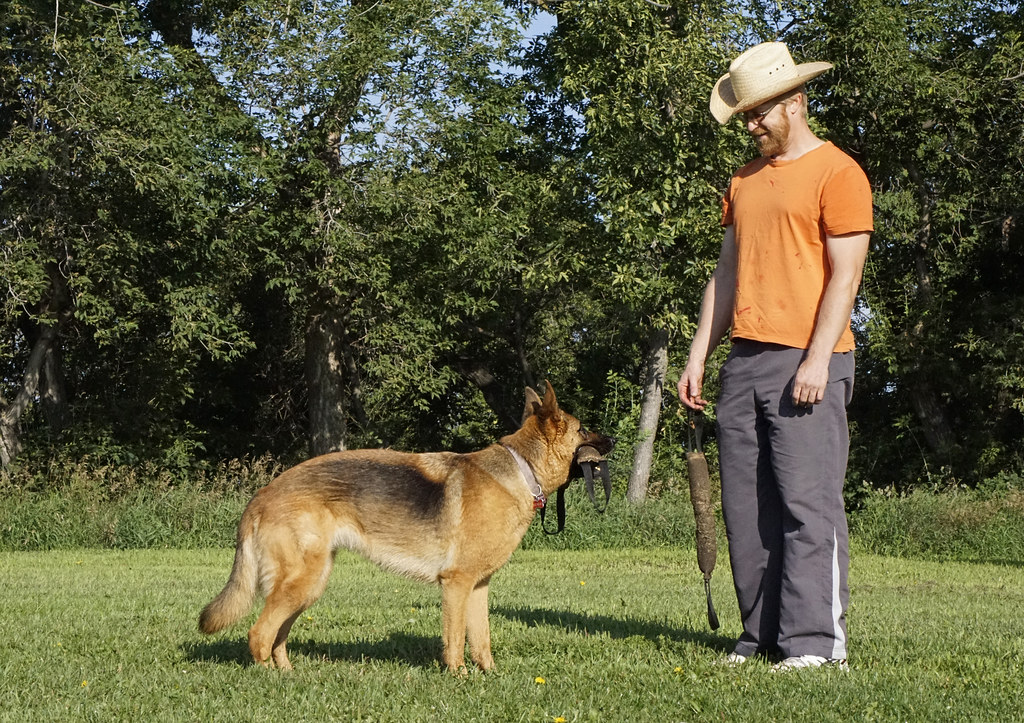
You know your dog loves you if they bring you their favorite dog toy. Dogs may also bring their owners their favorite toys as a sign of trust. When dogs bring you their toys, they’re sharing their most prized possessions.
Dogs will often give gifts to the leaders of their pack to show affection, respect, and trust. Think of it as your dog’s version of bringing you breakfast in bed, except their gift happens to squeak and might have a few teeth marks.
When they bring you their toys, they’re sharing the things that are the most precious to them- aside from yourself. This gesture demonstrates remarkable trust, as they’re essentially saying, “Here’s my favorite thing. Please take care of it because I trust you completely.”
They Lean Into You Like a Living, Breathing Hug
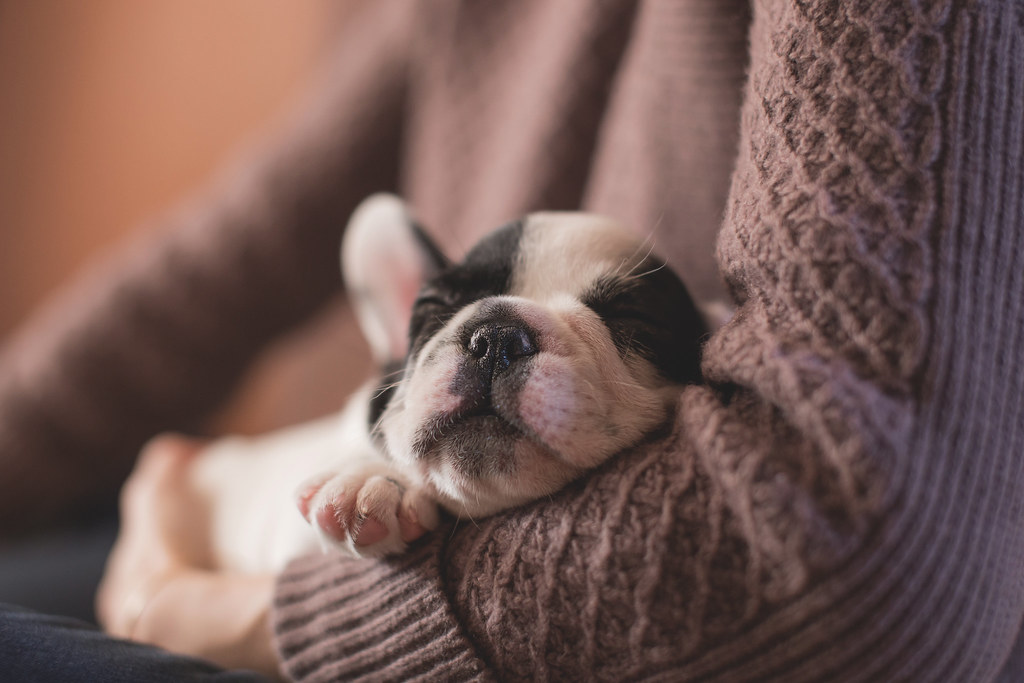
Pets, cuddles, leans, and gentle hugs are strong signals that you and your dog are truly bonded. An affectionate lean is relaxed and calm. This full-body contact is their way of seeking physical closeness and comfort.
Physical contact between pups and humans, like those gentle nudges, lowers cortisol levels (stress hormones) in humans and dogs. When your dog presses their weight against your legs or side, they’re not just being clingy – they’re actively reducing stress for both of you.
However, leaning against you when they are uncomfortable or fearful is also a way for your dog to tell you that you are their safe place. Either way, being chosen as their source of comfort and security is a profound expression of trust and love.
They Choose to Sleep Close to Their Favorite Human
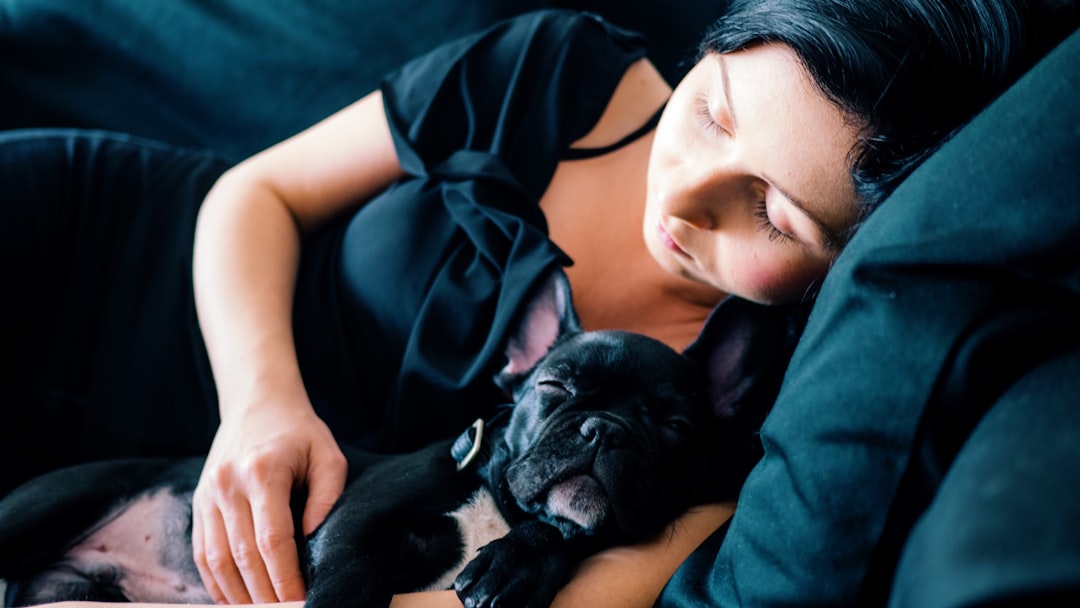
Sleep is a vulnerable time for any animal, but your dog doesn’t feel that way when curled up next to you. Sleeping together with their pack is a natural instinct for dogs and something they did as newborn puppies with their littermates.
Being physically close while sleeping fosters bonding, attachment and trust between a dog and human caretaker. If your pup likes to sleep with you, it means they feel secure and comfortable with you.
If your dog sleeps on their back with all four legs in the air, they’re most likely relaxed and comfortable. This vulnerable position near you demonstrates complete trust in their environment and your protection.
They Check In On You Throughout the Day
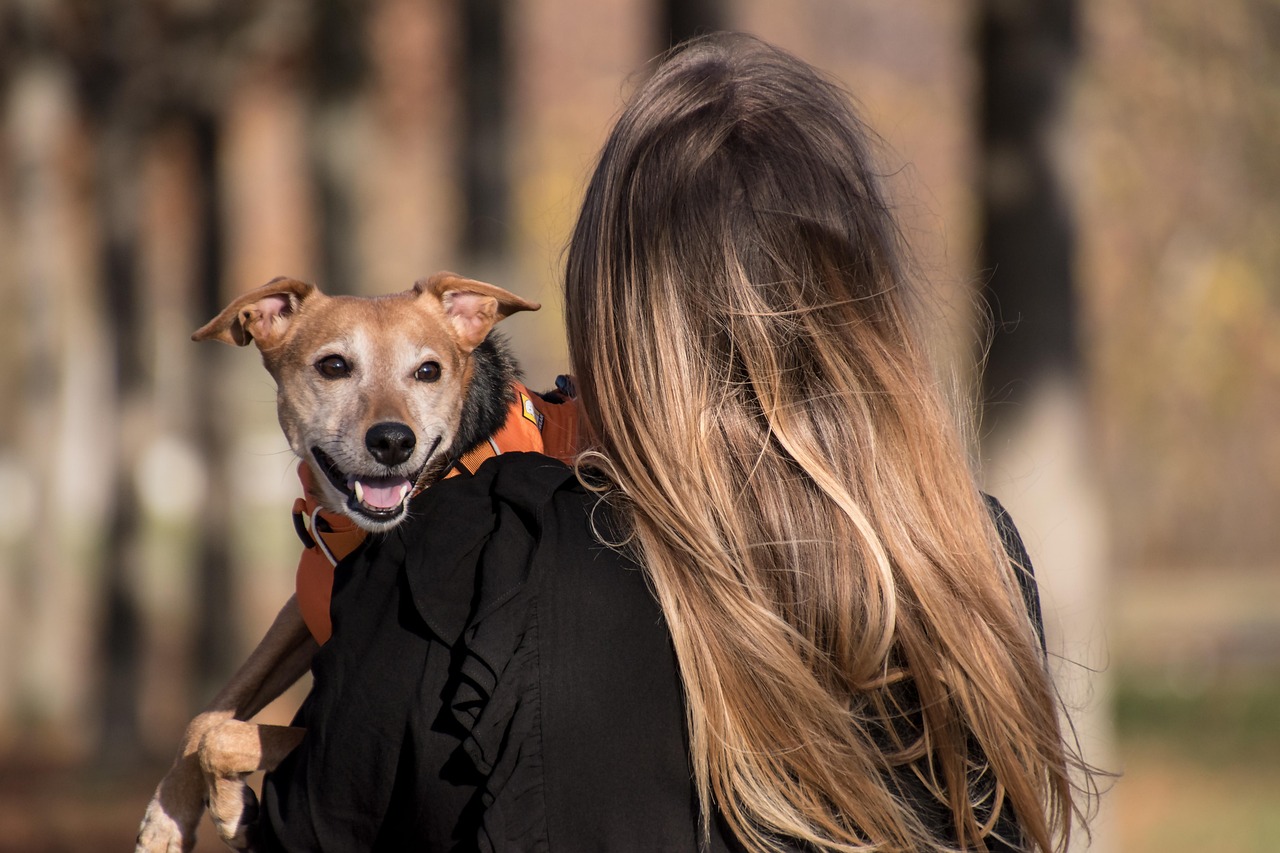
Regardless of the specific scenario, the likelihood is that your dog will come and check in with you at least once while you spend time apart. This sweet behavior shows they care about your wellbeing and want to make sure you’re okay.
In addition to making sure you’re okay for your sake, your dog may check in on you because they recognise you as the leader of their pack. These regular wellness checks demonstrate both love and loyalty, as they’ve appointed themselves as your personal security detail.
Whether you’re working in your home office or relaxing in the living room, these brief visits are your dog’s way of maintaining connection. They’re essentially asking, “How are you doing?” without words, showing genuine concern for your state of mind and physical wellbeing.
They Perform the Classic Greeting Stretch
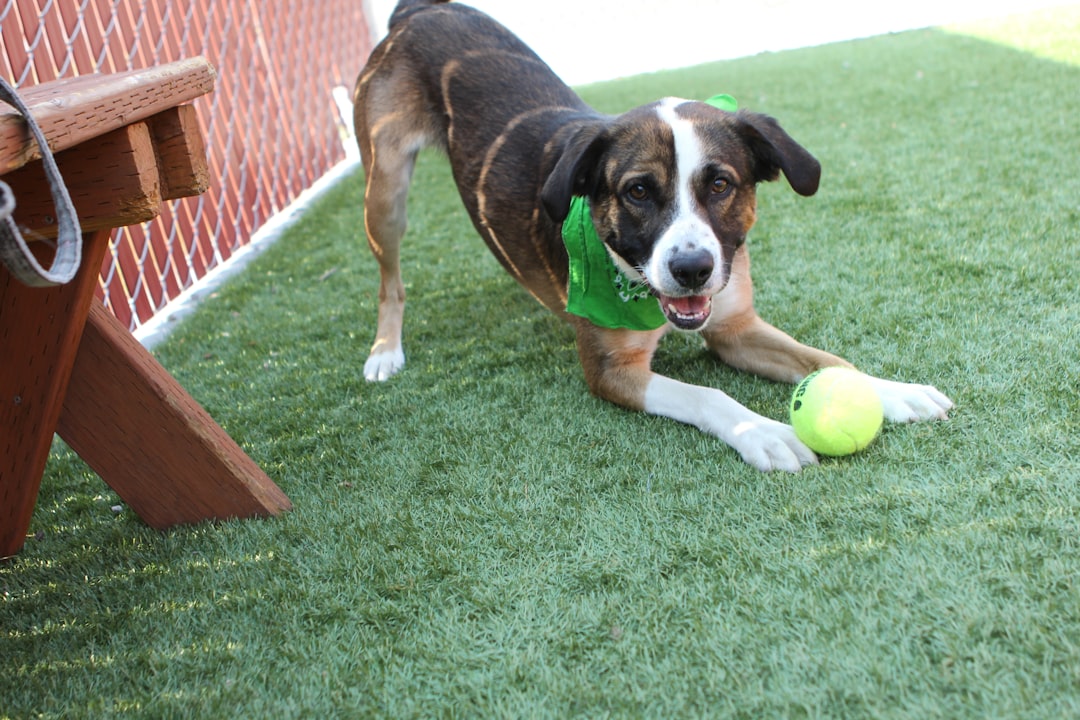
This adorable sign your dog loves you is mentioned in a book by Brenda Aloff titled “Canine Body Language, A Photographic Guide.” In this book, Aloff describes various dog body language behaviors, including the play bow or greeting stretch.
This playful bow, where dogs lower their front end while keeping their rear elevated, isn’t just about limbering up. When pups lean into the yoga position named after them (butt in the air, chest and front legs stretched out in front), it typically means they’re ready for playtime.
However, when directed specifically at you during greetings, this stretch carries deeper meaning. It’s their way of saying you’re worth the extra effort of a special hello. Think of it as their version of rolling out the red carpet just for you.
They Mirror Your Energy and Emotions
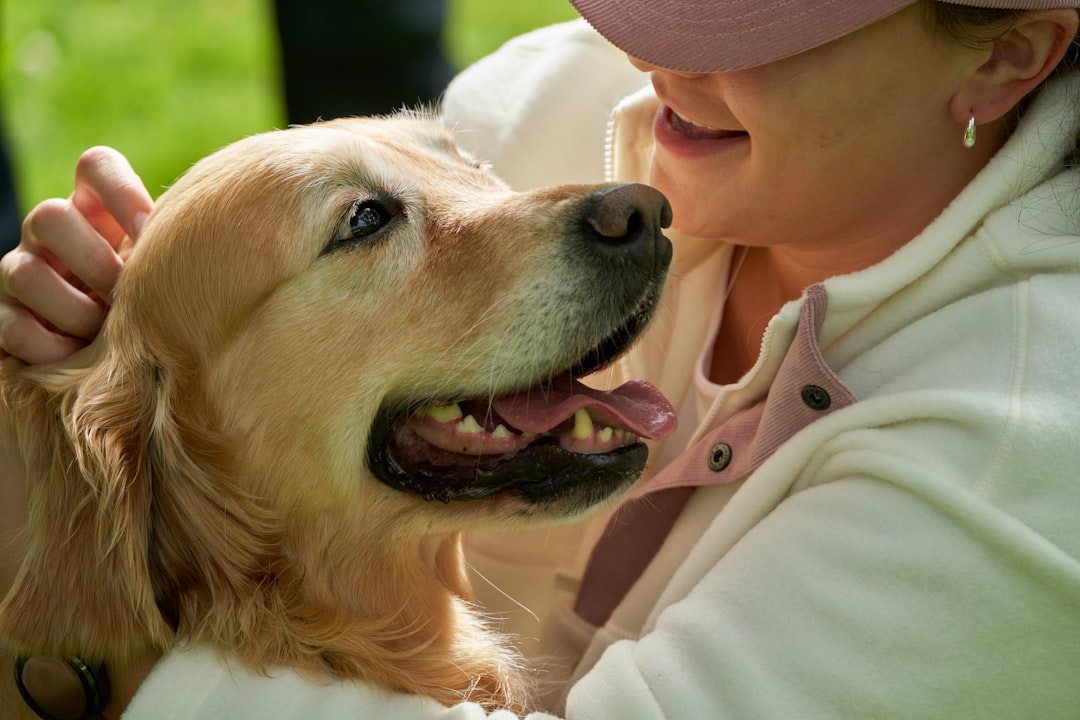
However, if you are sad or distressed, your dog may pick up on this. Dogs are remarkably intuitive creatures who can read your emotional state and respond accordingly. Dogs are very intuitive, so their desire for physical touch may not always be about their own wants or needs.
When you’re having a rough day, notice how your dog might become extra attentive or gentle. They might bring you a toy, rest their head on your lap, or simply stay closer than usual. This emotional intelligence demonstrates their deep connection to your wellbeing.
Conversely, when you’re happy and energetic, your dog often matches that enthusiasm. Dogs are incredible at mirroring our emotions, so reciprocate their joy with affection, pets, and maybe even a treat. This emotional synchronization is a beautiful testament to the bond you share.
They Display Their Happy Body Language Around You
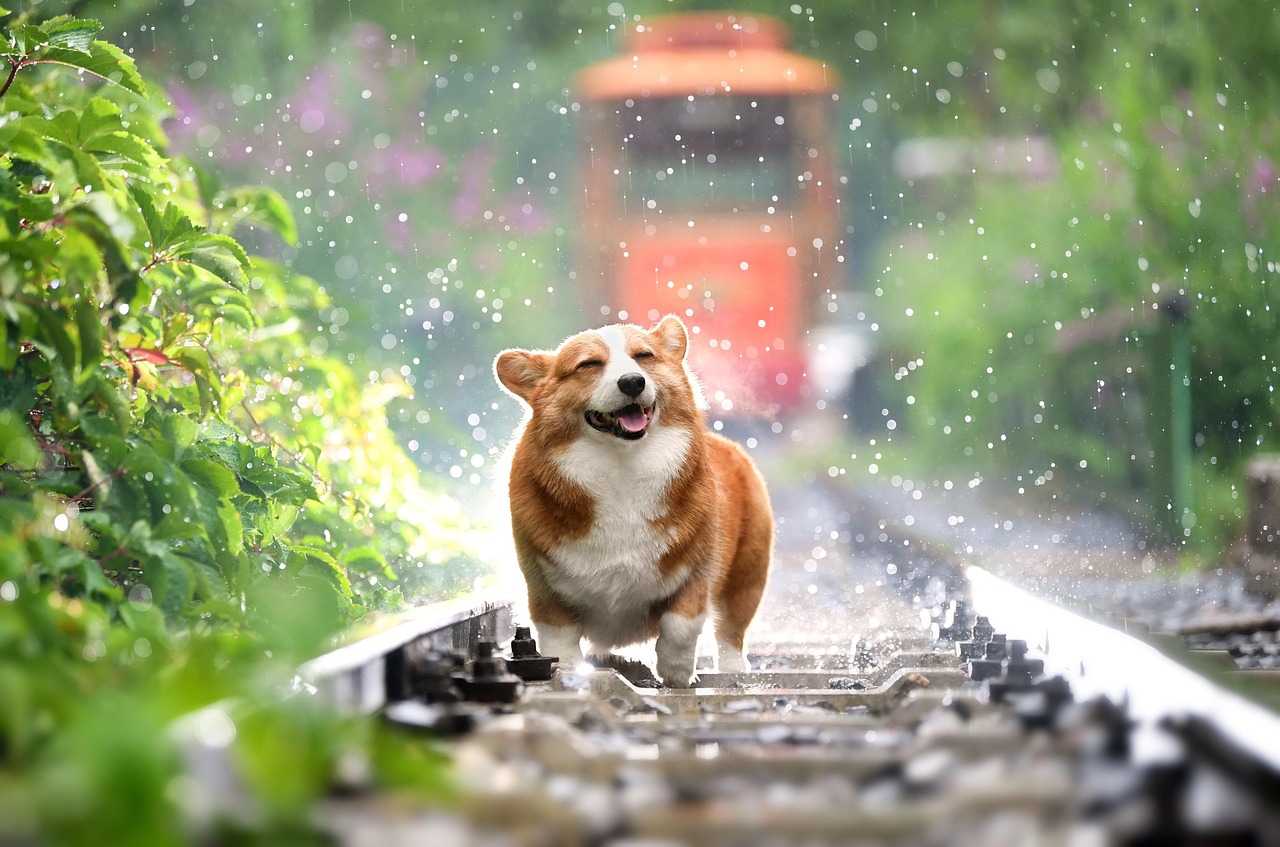
Dogs wear their hearts on their sleeves, and a full-body wiggle is a telltale sign your pup is head-over-heels in love. A big-hearted dog greets those with relaxed body language – soft eyes, a gently wagging tail and loose, wiggly body language.
Research found that dogs wag their tails more to the right when they see something positive they want to approach, such as their owner. This rightward tail wag, combined with relaxed facial muscles and a slightly open mouth, creates the perfect picture of canine contentment.
The eyebrow raise can also be an expression of love. The most notable is the doggy smile, a sign of a happy pup. These subtle facial expressions, combined with overall relaxed body posture, show your dog feels genuinely happy and safe in your presence.
Conclusion
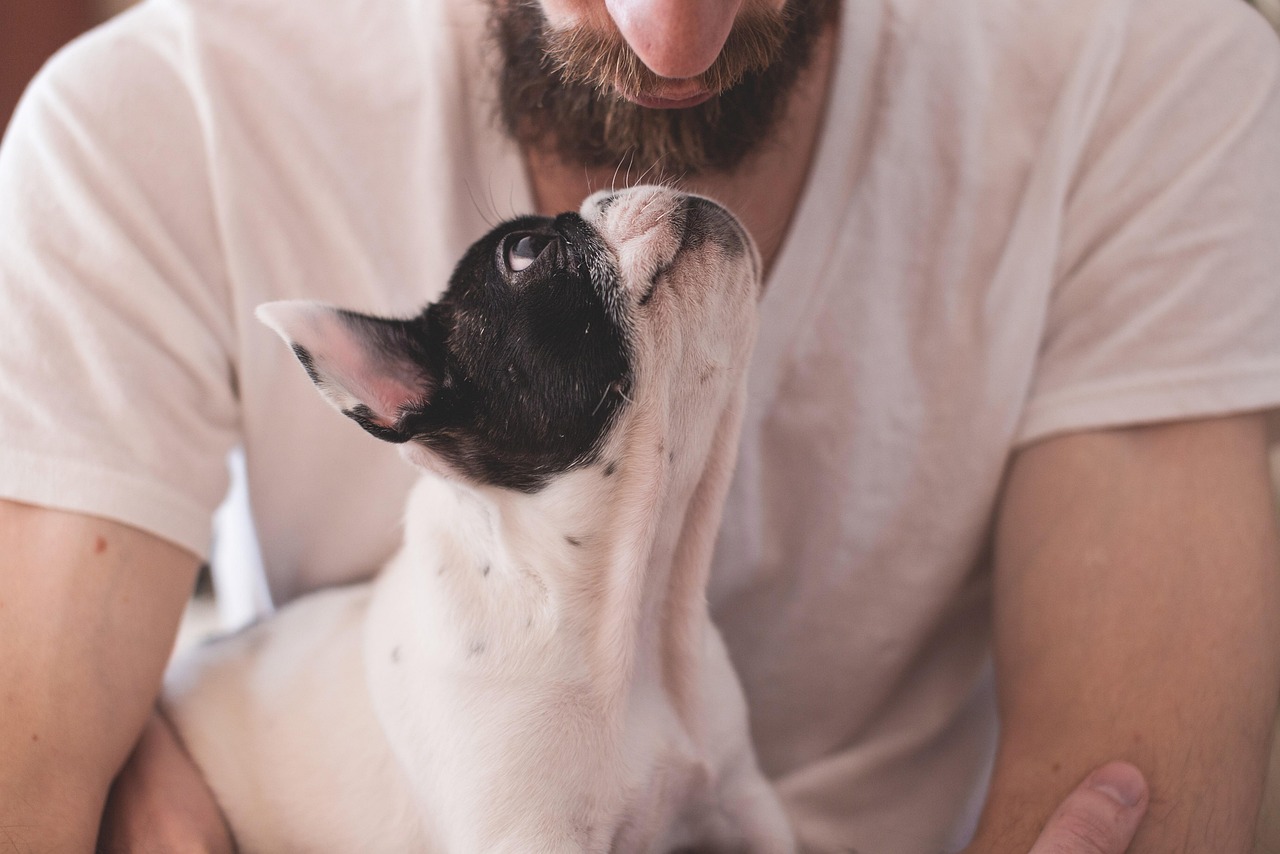
Your dog’s love language extends far beyond the obvious tail wags and face licks we typically associate with canine affection. From the gentle lean against your leg to the precious gift of their favorite squeaky toy, these behaviors reveal the depth of trust, security, and genuine joy your presence brings to their world.
Understanding these subtle expressions of love helps you recognize just how special your bond truly is. Every check-in visit, every soft gaze, and every enthusiastic greeting represents your dog’s way of saying you’re their whole world. The next time you catch your furry friend displaying any of these behaviors, take a moment to appreciate the pure, unconditional love they’re sharing with you.
What other unique ways does your dog show their love? Tell us in the comments – we’d love to hear about your pup’s special expressions of affection!

Andrew Alpin from India is the Brand Manager of Doggo digest. Andrew is an experienced content specialist and social media manager with a passion for writing. His forte includes health and wellness, Travel, Animals, and Nature. A nature nomad, Andrew is obsessed with mountains and loves high-altitude trekking. He has been on several Himalayan treks in India including the Everest Base Camp in Nepal.

